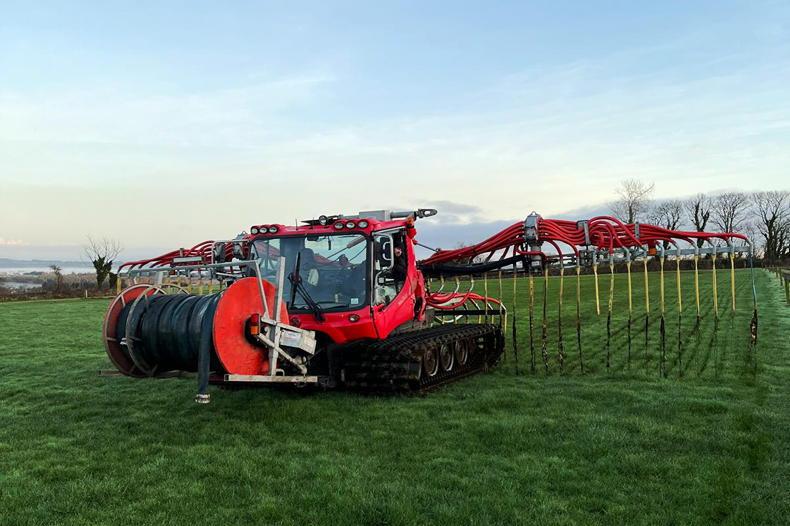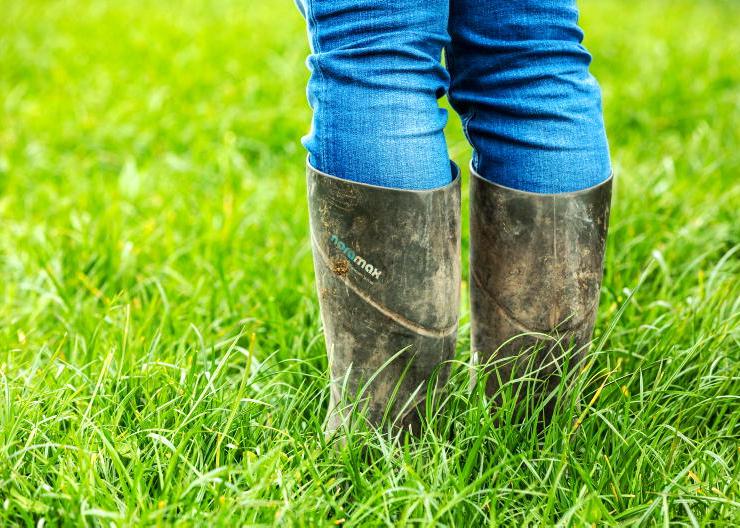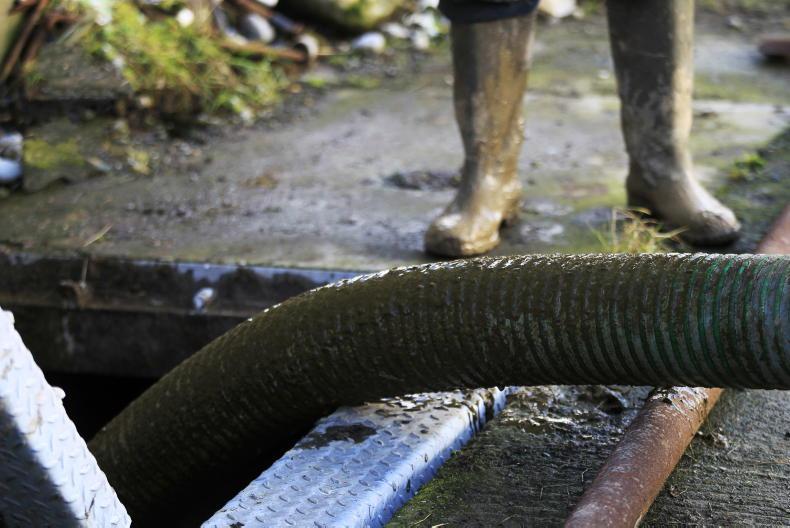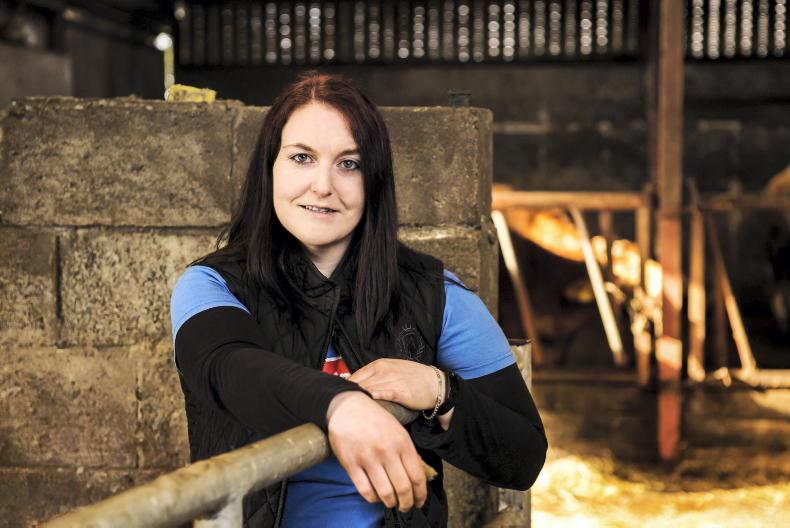Weather forecasts indicate the current spell of warm and dry conditions will last for at least another week.
While this will affect grass growth, herd owners should also be mindful that hot weather can affect animal welfare.
Outlined are five tips for grazing cattle through warm conditions.
1. Water provision
Cattle will drink more during hot conditions, so make sure water troughs are fit for purpose. Keep troughs clean of any debris. Drinking water should be clean and clear at all times.
Suckler cows in milk can drink anywhere from 40 to 60 litres daily. But in warm conditions, this can increase by 10 to 30 litres.
If cows are congregating at troughs, it may be an indicator of low water pressure and slow refilling time. If water is provided using IBCs, check water levels at least twice daily.
2. Providing shade
When possible, target paddocks with trees or hedgerows that will provide shade during warm spells.
If may mean tweaking your rotation, but it will help avoid heat stress in young calves that struggle to regulate body temperature.
Just be mindful of fly activity where cattle are lounging under trees or shaded woodland areas. Maiden and in-calf heifers may benefit from some form of fly prevention.
3. Avoid handling cattle in the afternoon
Where cattle are due to be handled - be that weighing, AI or dosing - try to complete such tasks before lunchtime.
Daytime temperatures peak in the afternoon. Penning cattle for routine tasks will also raise core body temperature, which can increase the risk of heat stress.
4. Strip grazing and lower residuals
Warm conditions will allow cattle to graze swards tight to the ground without poaching, reducing the need for topping. This will improve grass quality in the next rotation.
If water trough positions permit, split paddocks into 12- or 24-hour grazing allocations using temporary electric fencing. This offers more control over grazing and improves clean-out.
Alternatively, dry conditions will allow strip grazing without causing poaching. Again, this offers greater control over grazing.
It will also slow the rotation if dry weather is hindering grass growth.
Back-fencing grazed areas will help protect regrowth, which is important if growth rates nose dive due to a lack of rain.
5. Avoid topping and fertiliser
With no rain forecast for at least one more week, hold off on fertiliser applications and any plans for topping.
Without moisture, fertiliser will have little impact on grass growth. Similarly, with longer dry spells, regrowth after topping will be slow and could create a grazing shortage.
Leave rejected grass untouched, as it may be needed in the next grazing, should dry conditions continue.
Read more
No rain forecast well into next week
Managing time to move up margins in Mullingar
Weather forecasts indicate the current spell of warm and dry conditions will last for at least another week.
While this will affect grass growth, herd owners should also be mindful that hot weather can affect animal welfare.
Outlined are five tips for grazing cattle through warm conditions.
1. Water provision
Cattle will drink more during hot conditions, so make sure water troughs are fit for purpose. Keep troughs clean of any debris. Drinking water should be clean and clear at all times.
Suckler cows in milk can drink anywhere from 40 to 60 litres daily. But in warm conditions, this can increase by 10 to 30 litres.
If cows are congregating at troughs, it may be an indicator of low water pressure and slow refilling time. If water is provided using IBCs, check water levels at least twice daily.
2. Providing shade
When possible, target paddocks with trees or hedgerows that will provide shade during warm spells.
If may mean tweaking your rotation, but it will help avoid heat stress in young calves that struggle to regulate body temperature.
Just be mindful of fly activity where cattle are lounging under trees or shaded woodland areas. Maiden and in-calf heifers may benefit from some form of fly prevention.
3. Avoid handling cattle in the afternoon
Where cattle are due to be handled - be that weighing, AI or dosing - try to complete such tasks before lunchtime.
Daytime temperatures peak in the afternoon. Penning cattle for routine tasks will also raise core body temperature, which can increase the risk of heat stress.
4. Strip grazing and lower residuals
Warm conditions will allow cattle to graze swards tight to the ground without poaching, reducing the need for topping. This will improve grass quality in the next rotation.
If water trough positions permit, split paddocks into 12- or 24-hour grazing allocations using temporary electric fencing. This offers more control over grazing and improves clean-out.
Alternatively, dry conditions will allow strip grazing without causing poaching. Again, this offers greater control over grazing.
It will also slow the rotation if dry weather is hindering grass growth.
Back-fencing grazed areas will help protect regrowth, which is important if growth rates nose dive due to a lack of rain.
5. Avoid topping and fertiliser
With no rain forecast for at least one more week, hold off on fertiliser applications and any plans for topping.
Without moisture, fertiliser will have little impact on grass growth. Similarly, with longer dry spells, regrowth after topping will be slow and could create a grazing shortage.
Leave rejected grass untouched, as it may be needed in the next grazing, should dry conditions continue.
Read more
No rain forecast well into next week
Managing time to move up margins in Mullingar









SHARING OPTIONS